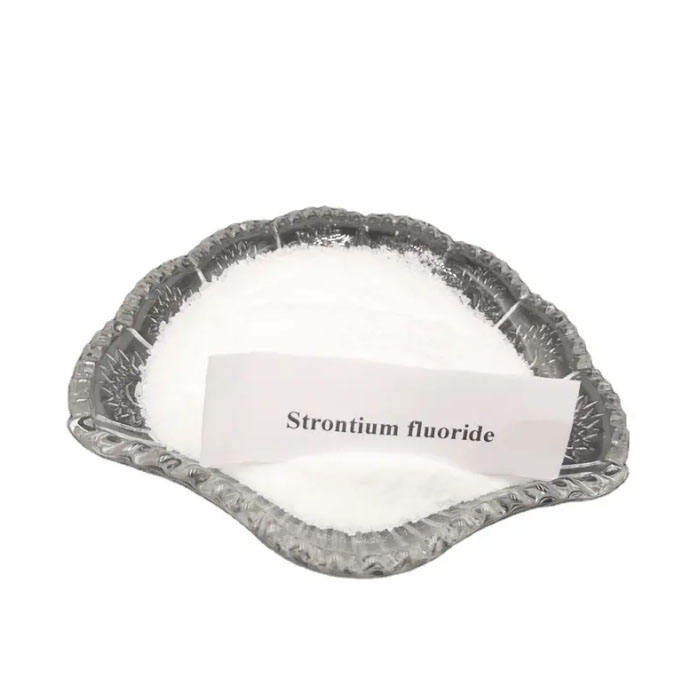



is polyacrylamide toxic
Is Polyacrylamide Toxic?
Polyacrylamide (PAM) is a synthetic polymer widely used in various applications, including water treatment, soil conditioning, and cosmetic products. Its versatility stems from its ability to enhance the physical properties of substances, making it a valuable addition to industrial processes and formulations. However, concerns about its safety and potential toxicity have emerged, sparking debate among researchers, environmentalists, and consumers alike.
Is Polyacrylamide Toxic?
In laboratory settings, studies have shown that while polyacrylamide itself exhibits low toxicity, it can degrade into acrylamide in the presence of heat, light, or certain environmental conditions. The risk of acrylamide exposure depends on the type of PAM used and the specific applications it is employed for. In water treatment, for example, if PAM is used correctly and under regulated conditions, the levels of acrylamide released into the treated water are within safe limits. However, the improper use of PAM in agricultural practices, particularly in the application of polyacrylamide gels, can pose risks to human health and the environment.
is polyacrylamide toxic

The regulatory landscape surrounding polyacrylamide varies across regions. In the United States, the Environmental Protection Agency (EPA) has established guidelines for the use of PAM in agriculture, emphasizing best practices to mitigate risks. Similarly, the European Union has implemented regulations to monitor and control acrylamide levels in food products as well as in industrial applications. Proper labeling and safety data sheets help inform users about the potential hazards associated with PAM.
While polyacrylamide is considered safe for use in many applications when managed correctly, consumers and industries must remain vigilant. Ensuring that products are sourced from reputable manufacturers and following recommended usage guidelines can significantly reduce potential risks. Additionally, ongoing research is crucial to fully understand the long-term effects of polyacrylamide in various environments, particularly as new applications for this polymer continue to emerge.
In conclusion, polyacrylamide itself is not inherently toxic, but caution is warranted due to its association with acrylamide. By adopting safe practices and adhering to regulatory standards, the risks associated with polyacrylamide can be effectively managed, ensuring its benefits are realized while minimizing any adverse health and environmental impacts.
-
Why Sodium Persulfate Is Everywhere NowNewsJul.07,2025
-
Why Polyacrylamide Is in High DemandNewsJul.07,2025
-
Understanding Paint Chemicals and Their ApplicationsNewsJul.07,2025
-
Smart Use Of Mining ChemicalsNewsJul.07,2025
-
Practical Uses of Potassium MonopersulfateNewsJul.07,2025
-
Agrochemicals In Real FarmingNewsJul.07,2025
-
Sodium Chlorite Hot UsesNewsJul.01,2025










